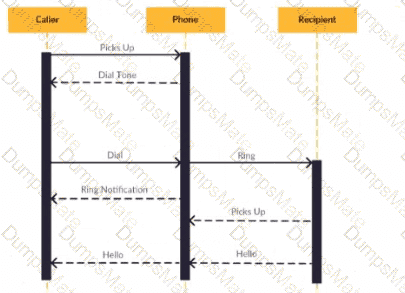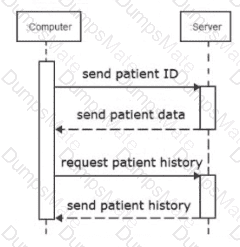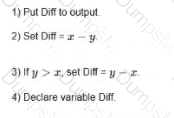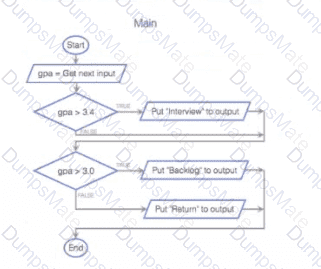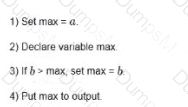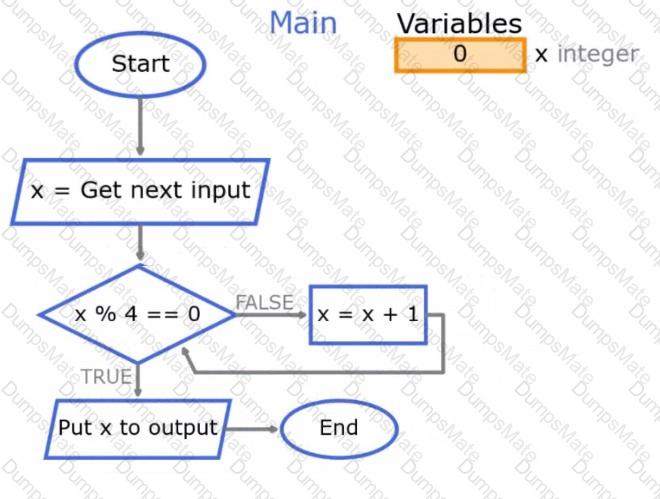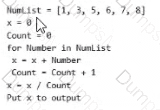Comprehensive and Detailed Explanation From Exact Extract:
The Waterfall methodology is a linear, sequential approach with phases including requirements analysis, design, implementation, testing, and maintenance. According to foundational programming principles (e.g., Certiport Scripting and Programming Foundations Study Guide), the design phase is where the specifics of how to build the program are defined, including system architecture, modules, and technical specifications.
Waterfall Phases Overview:
Analysis: Defines what the program should do (requirements, e.g., user needs or system goals).
Design: Defines how the program will be built (e.g., architecture, data models, function specifications).
Implementation: Writes the code based on the design.
Testing: Verifies the program meets requirements.
Option A: "Design." This is correct. The design phase produces detailed plans, such as system architecture, database schemas, and function or object specifications, outlining how the program will be constructed. For example, it might specify a function like calculateScore() or a class like User.
Option B: "Testing." This is incorrect. Testing verifies the implemented program, not the planning of how to build it.
Option C: "Analysis." This is incorrect. Analysis focuses on gathering requirements (what the program should do), not technical specifics of implementation.
Option D: "Implementation." This is incorrect. Implementation involves coding the program based on the design’s specifics, not defining them.
Certiport Scripting and Programming Foundations Study Guide (Section on Waterfall Methodology).
Sommerville, I., Software Engineering, 10th Edition (Chapter 2: Waterfall Model).
Pressman, R.S., Software Engineering: A Practitioner’s Approach, 8th Edition (Waterfall Design Phase).



